5 Successful Products Powered by Raspberry Pi
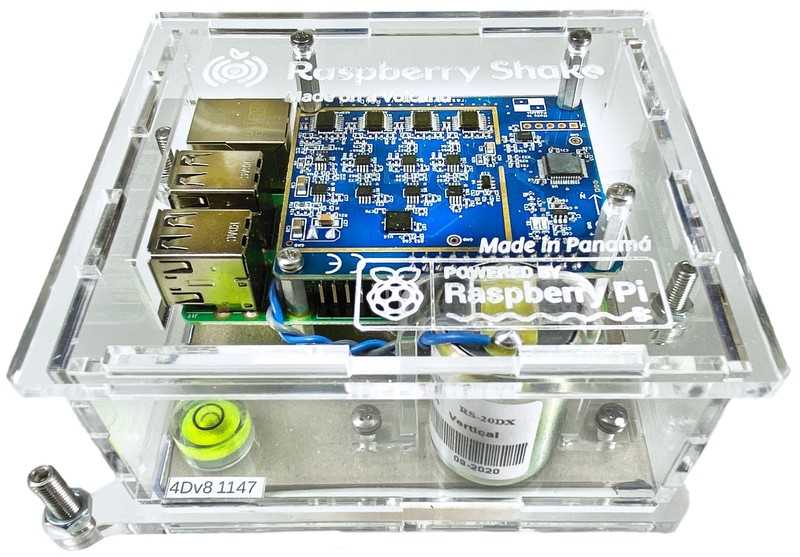
The Raspberry Pi, like the Arduino, was never intended to be used for new product development, and it was developed originally for educational purposes.
The standard Raspberry Pi is usually not ideal for use in mass production primarily due to its large size, high cost, product integration limitations, and unreliable supply.
Nonetheless, a standard Raspberry Pi can still be used in larger products that have a sales price high enough to offset the high costs of the RPi, and that will not likely be produced at super high volumes.
Some of the successful products that we’ll look at in this article fall into this category.
For smaller products, with more sensitive pricing, and higher expected production volumes, the standard Raspberry Pi is not feasible beyond the early prototypes.
Fortunately, there is a solution that solves these issues called the Raspberry Pi Compute Module which was designed specifically for use in mass produced commercial products.
The Compute Module is nearly identical to the standard Raspberry Pi in terms of performance and features.
But they are smaller, cheaper, made to integrate into other products, and are more reliably available at higher production volumes.
Let’s now take a look at five successful products on the market that all use Raspberry Pi.
Raspberry Shake
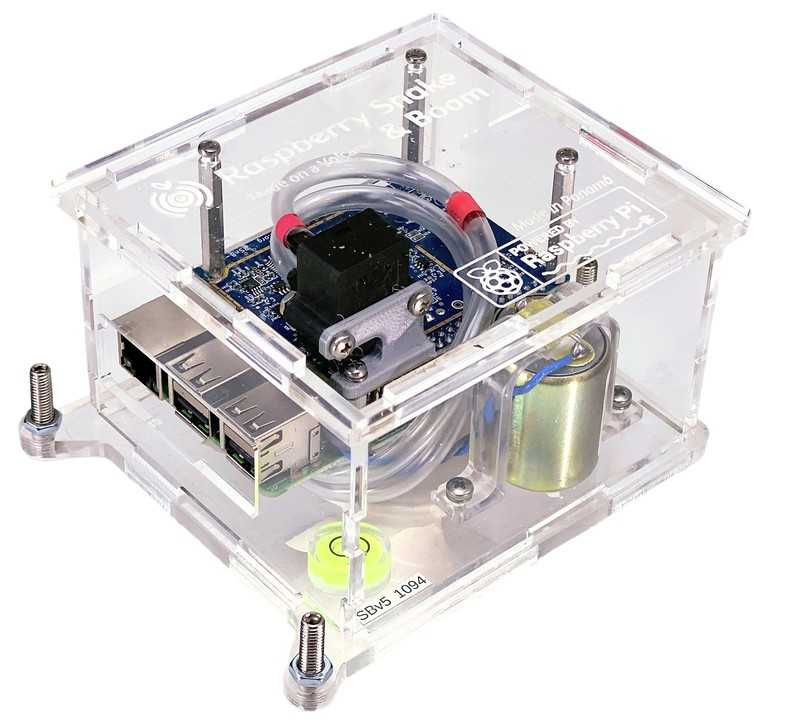
The Raspberry Pi serves as the computer and networking hub of the Raspberry Shake, a portable tool that identifies seismic activity, from traffic vibrations on a busy highway to earthquakes.
This seismograph serves as both a teaching tool and a component of a global network of Raspberry Shake devices that transmit data to an open network for earthquake detection.
It’s a tool designed for students and citizen scientists to participate alongside researchers in important scientific research.
On the island of Hawaii, the Hawaiian Volcano Observatory has volunteers hosting these little seismographs to help detect seismic activity associated with the island’s active volcanoes.
The Shake also provides information on human caused vibrations, from trains to traffic. It even detected the huge drop in human-made seismic activity during the COVID pandemic.
The adaptable, single-board Raspberry Pi is at the heart of this seismographic tech.
A customized geophone, a type of microphone used to detect ground movement, converts seismic waves into an electrical signal.
The Raspberry Pi digitizes and processes this signal, allowing it to analyze the data, identify whether an earthquake has happened, and offer details on its magnitude and duration.
The Raspberry Shake is more than a single device for earthquake detection. Each unit participates as a node in the Raspberry Shake seismograph network on a worldwide scale.
Through this network, every Raspberry Shake can add its data to a comprehensive, worldwide earthquake detection system.
This creates a huge opportunity for crowd-sourced seismology, leading to a better understanding of earthquakes and their patterns.
Students and enthusiasts have a unique way to participate in knowledge about the earth’s seismic activity.
The Raspberry Shake was introduced on Kickstarter in 2016, and it immediately surpassed the $10,000 funding target.
The emphasis of the initial campaign was on the Raspberry Shake’s utility as a teaching tool and as a supporter of international seismic research.
With this initial funding, the company was able to start mass production and broaden the network of Raspberry Shake devices.
The Raspberry Shake serves as an outstanding illustration of the benefits of community participation and open-source hardware in scientific research.
Piper’s Computer Kit

A Raspberry Pi-based DIY computer called the Piper Computer Kit combines physical construction with video games to teach kids about electronics, coding, and problem-solving.
A Raspberry Pi is included in the kit, along with a case, power supply, and all other components kids need for assembly.
Once put together, the Raspberry Pi turns on a built-in LCD screen so kids can play PiperCraft, a customized version of Minecraft.
The Raspberry Pi serves as the brains behind the computational processes and features of the Piper Computer Kit.
This allows children to perform missions in the PiperCraft game that involve the actual assembling of electronic parts like buzzers, switches, and LEDs.
The Raspberry Pi interprets these commands and reacts appropriately in the game, creating a concrete link between the digital and actual electronics.
The Piper Computer Kit was co-founded by Shree Bose, a Grand Prize Winner of the Google Global Science Fair in 2011, who was passionate about improving STEM education for kids.
In 2015, Piper Inc. used a crowdsourcing campaign on Kickstarter to introduce the Piper Computer Kit.
The campaign received positive feedback and greatly outraised its funding target, illustrating public interest in an educational tool that gives kids practical experience with technology and coding.
The Piper Computer Kit achieved commercial success and wide acclaim following the effective crowdsourcing campaign and subsequent product introduction.
Fast forward to 2023 and the Piper Computer Kit has made its way into schools in more than 100 nations, is for sale on Amazon, and co-founder Shree Bose is one of 2023 Forbes 30 Under 30 for Science.
Mark by Mycroft
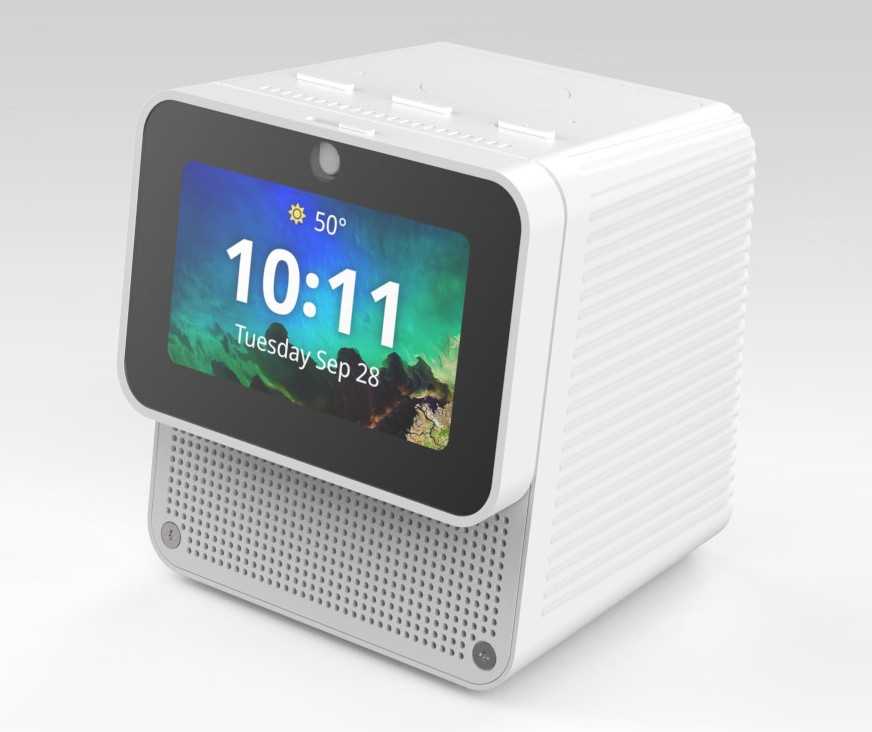
An open-source voice assistant called Mycroft AI was designed to protect user privacy while providing features resembling those of well-known, for-profit solutions like Apple’s Siri, Google Assistant, and Amazon’s Alexa.
The project’s goal was to develop an AI-powered voice assistant that is completely open, private by design, and suitable for robotics, enterprise, and home automation applications.
As the main hardware platform for the standalone Mycroft devices, Raspberry Pi is crucial to the creation and operation of Mycroft.
The company’s first standalone device, the Mark I, was essentially a Raspberry Pi dressed up with a variety of microphones, a speaker, and a tidy casing.
The Raspberry Pi’s affordability and adaptability allowed the Mark I to be quickly prototyped, manufactured, and then improved upon.
While switching to a different main board for increased processing power, the successor product, the Mark II, kept support for the Raspberry Pi.
Mycroft has successfully managed a number of crowdsourcing campaigns.
When the Mark I’s first Kickstarter campaign launched in 2015, it was intended to raise $99,000, but it ended up raising almost $127,000.
For the Mark II, a later Kickstarter effort in 2018 raised nearly $394,000, well exceeding the initial goal.
The Mark II continues to be vastly superior to technologies like Alexa in terms of security and privacy. Unless the user actively configures it to do so, it does not keep personal data.
Additionally, Mycroft uses open-source software, allowing anybody to audit its code for security flaws, in contrast to devices like Alexa, whose codebase is proprietary and shielded from public inspection.
Mycroft is made to run on a variety of platforms and operating systems in addition to Raspberry Pi, including Linux-based desktops, servers, Android phones, and tablets, as well as other development boards like the Arduino.
The “skills” that Mycroft possesses are designed to work with a variety of hardware and software, enabling it to communicate with smart home gadgets, media systems, and other web services.
In perhaps a tale of caution for startups that grow too quickly after initial funding successes, Mycroft AI’s CEO announced in 2020 that the company was experiencing serious operational and financial difficulties, resulting in workforce cutbacks and a halt to new product development.
The company is still supporting all of its hardware, and the Mark II is still for sale.
Robots GoPiGo
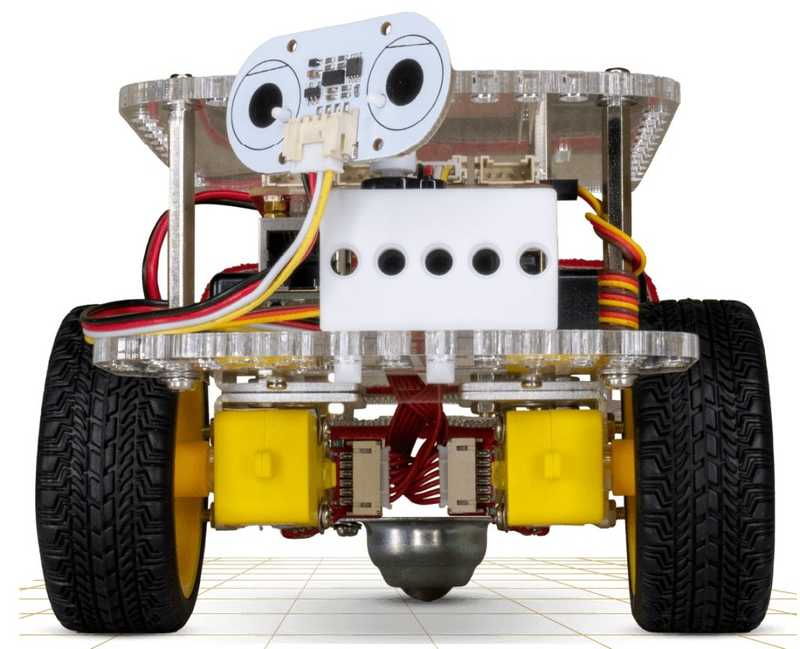
Dexter Industries has created a super appealing, instructional robot known as the GoPiGo Robot.
It’s a fun and simple-to-assemble introduction to robotics, programming, and electronics for students of all ages.
The Raspberry Pi serves as the crucial “brains” of the GoPiGo Robot.
As the central processing element, the Raspberry Pi understands the user’s code and converts it into the robotic actions carried out by the robot.
This enables the GoPiGo to move, perceive its surroundings, and communicate with users.
The Raspberry Pi’s I/O pins control the robot’s motors, sensors, and other electronics.
The GoPiGo can connect to the internet, gather data, and carry out more challenging tasks because of the Raspberry Pi’s powerful computing power and connectivity.
The GoPiGo Robot kit includes all of the components required to construct the robot, including wheels, a body, sensors, motors, and programming software.
Via a web browser, users can configure the GoPiGo to drive remotely, follow a line, or negotiate a maze, amongst many other tasks.
The GoPiGo was introduced with the aid of a 2014 Kickstarter campaign, which revealed the public’s enthusiasm for an adaptable, Raspberry Pi-based instructional robot.
The effort was successful, raising more money than anticipated and gaining support from people all across the world. The funds were used to finance GoPiGo’s initial manufacturing.
The GoPiGo Robot has developed and improved since that successful Kickstarter campaign, with newer models delivering improved performance, durability, and usability.
The GoPiGo is now used in thousands of classrooms worldwide to teach coding, robotics, and STEM skills.
In 2019, the creator of the GoPiGo, Dexter Industries, was acquired by Modular Robotics.
NEC Large Format Screens
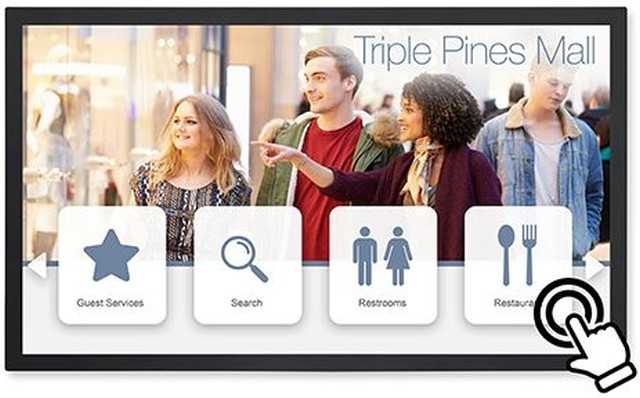
NEC Display Solutions has embraced the strength and adaptability of Raspberry Pi technology and integrated it into its digital signage solutions.
Many of their high end screens are produced with either an embedded Raspberry Pi, or built in slots for users to add their own Raspberry Pi.
The embedded display models come with a built-in Raspberry Pi Compute Module 4, which is known for its quad-core 1.5 GHz processor and 4K/UHD playing capability.
These modules offer a great degree of flexibility for system integrators and vendors of digital signage software since they not only improve the performance of the displays but also offer an open platform for a wide range of operating systems.
The NEC MediaPlayer that comes pre-installed on NEC’s Raspberry Pi-integrated displays is one of their primary features.
Users have complete control over playlists, which can contain still images, video files, programs, browser windows, and more thanks to the Raspberry Pi-powered MediaPlayer.
The MPi4 NEC MediaPlayer Kit WiFi provides an integrated WiFi module and an external antenna.
The incorporation of the NEC Interface Board into the design of NEC’s Raspberry Pi-integrated screens is another significant feature.
This board houses the Raspberry Pi Compute Module 4 and offers functions like a Real Time Clock and a WatchDog Timer.
Despite the stellar performance capabilities of NEC’s displays, they don’t use a lot of electricity, which results in cost savings for users.
Do you know of any other products powered by Raspberry Pi? If so, please share them in the comments below, and I may include them in a future article.
You may enjoy this article next:
– 5 Successful Products that Began as Arduino Prototypes
– 5 Successful Products Powered by an ESP32 Wireless Microcontroller
– 5 Successful Hardware Startups That Were Bootstrapped
This article was written by Jessica Teel.


This article is super. Thankyou
Add siedle security systems, which uses them in central controller for door access panels
We tried to use Raspberry PI3 in a mass product here in Brazil but they stop selling in quantity and we change to Asus Tinker, produced um Brazil.
Hi Alan,
They’ve been impossible to get just about anywhere since the pandemic. But the word is they are producing a lot more that should become available very soon.
Thanks for commenting!
You should not promoting the Mycroft Mark II.
The company failed and was not able to fulfill it’s engagement. Kick-started backers were left without reward.
Mycroft as a company no longer exists
Thanks Bruno. That being said I think there is still a lot that can be learned from what they did right and what they also did wrong. My goal is definitely not to promote any of these companies or products, but instead just to show others what is possible and so we can all learn from what others have already done.
Thanks again for commenting!
You’re right, promoting might not have been the best word. I just wanted to warn the people here. This is not a successful project not company. Despite it could have been
Thanks Bruno, and I agree. They were a successful project/product, but ultimately not a successful company.
There’s also a really interesting product called the “Brennan” which is a media player based around the pi…..
Thank you Rob, we’ll definitely check out the Brennan!
It appears you overlooked the fabulous ZWO ASI AIRPro and AIRPlus astrophotography controllers. These little powerhouses manage all elements necessary for astrophotography. They provide target aquisition, polar alignment, guiding controls, camera management, image management, stacking and more – even focusing!. They have revolutionized amateur astrophotography by combining all of these independent functions into a single controller that you can access with your cell phone. I would think these may be one of the most popular Pi based applications ever.
Thank you so much for sharing that Rpi product! Considering I used to do a good amount of astrophotography myself, I should have known about this one:) Thanks again!